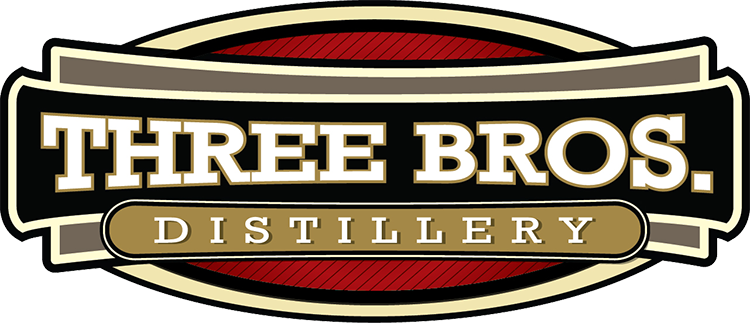Deputy Dave’s Drink of the Day – American
On this day in 1814, Francis Scott Key pens a poem which is later set to music and in 1931 becomes America’s national anthem, “The Star-Spangled Banner.” The poem, originally titled “The Defence of Fort McHenry,” was written after Key witnessed the Maryland fort being bombarded by the British during the War of 1812. Key was inspired by the sight of a lone U.S. flag still flying over Fort McHenry at daybreak, as reflected in the now-famous words of the “Star-Spangled Banner”: “And the rocket’s red glare, the bombs bursting in air, Gave proof through the night that our flag was still there.”
On June 18, 1812, America declared war on Great Britain after a series of trade disagreements. In August 1814, British troops invaded Washington, D.C., and burned the White House, Capitol Building and Library of Congress. Their next target was Baltimore.
After one of Key’s friends, Dr. William Beanes, was taken prisoner by the British, Key went to Baltimore, located the ship where Beanes was being held and negotiated his release. Key and Beanes weren’t allowed to leave until after the British bombardment of Fort McHenry. Key watched the bombing campaign unfold from aboard a ship located about eight miles away.
At Fort McHenry, some 1,000 soldiers under the command of Major George Armistead awaited the British naval bombardment. Their defense was augmented by the sinking of a line of American merchant ships at the adjacent entrance to Baltimore Harbor in order to further thwart the passage of British ships.
The attack began on September 13, as the British fleet of some nineteen ships began pounding the fort with Congreve rockets (from rocket vessel HMS Erebus) and mortar shells (from bomb vessels Terror, Volcano, Meteor, Devastation, and Aetna). After an initial exchange of fire, the British fleet withdrew to just beyond the range of Fort McHenry’s cannons and continued to bombard the American redoubts for the next 25 hours. Although 1,500 to 1,800 cannonballs were launched at the fort, damage was light due to recent fortification that had been completed prior to the battle
On the morning of September 14, the 30 ft × 42 ft (9.1 m × 13 m) an oversized American flag, which had been made a few months before by local flag maker Mary Pickersgill and her 13-year-old daughter, was raised over Fort McHenry (replacing the tattered storm flag which had flown during battle). It was responded to by a small encampment of British rifleman on the right flank who fired a round each at the sky and taunted the Americans just before they too returned to the shore line.

British commander Col. Arthur Brooke had been instructed not to attack the American positions around Baltimore unless he was certain that there were less than 2000 men in the fort, perhaps if he had attacked the positions could’ve been taken. Because of his orders, Brooke had to withdraw from his positions and returned to the fleet which would set sail for New Orleans
The poem was printed in newspapers and eventually set to the music of a popular English drinking tune called “To Anacreon in Heaven” by composer John Stafford Smith. People began referring to the song as “The Star-Spangled Banner” and in 1916 President Woodrow Wilson announced that it should be played at all official events. It was adopted as the national anthem on March 3, 1931.
Oh and as a special thing to note, The music to the Star Spangled Banner was lifted from an old English drinking song. The melody originated in an 18th Century London gentleman’s club, as the accompaniment to a verse entitled “To Anacreon in Heaven.” The song, along with the Anacreonatic Society (as the group of British men was known) celebrated the Greek poet Anacreon, who was known to weave tales of Bacchanalia for the early Hellenic court.
In celebration of the Star Spangled Banner, Here is Deputy Dave’s Drink of the Day: The American.
2.5 ounces Cabernet Franc
0.75 ounce rye whiskey
2 dashes Angostura bitters
Preparation: Combine all ingredients in a mixing glass and add ice. Stir until cold. Strain over one large ice cube into a rocks glass and garnish with a lemon peel.
0
Hey, like this post? Why not share it with a buddy?
TweetLeave a Reply
You must be logged in to post a comment.
